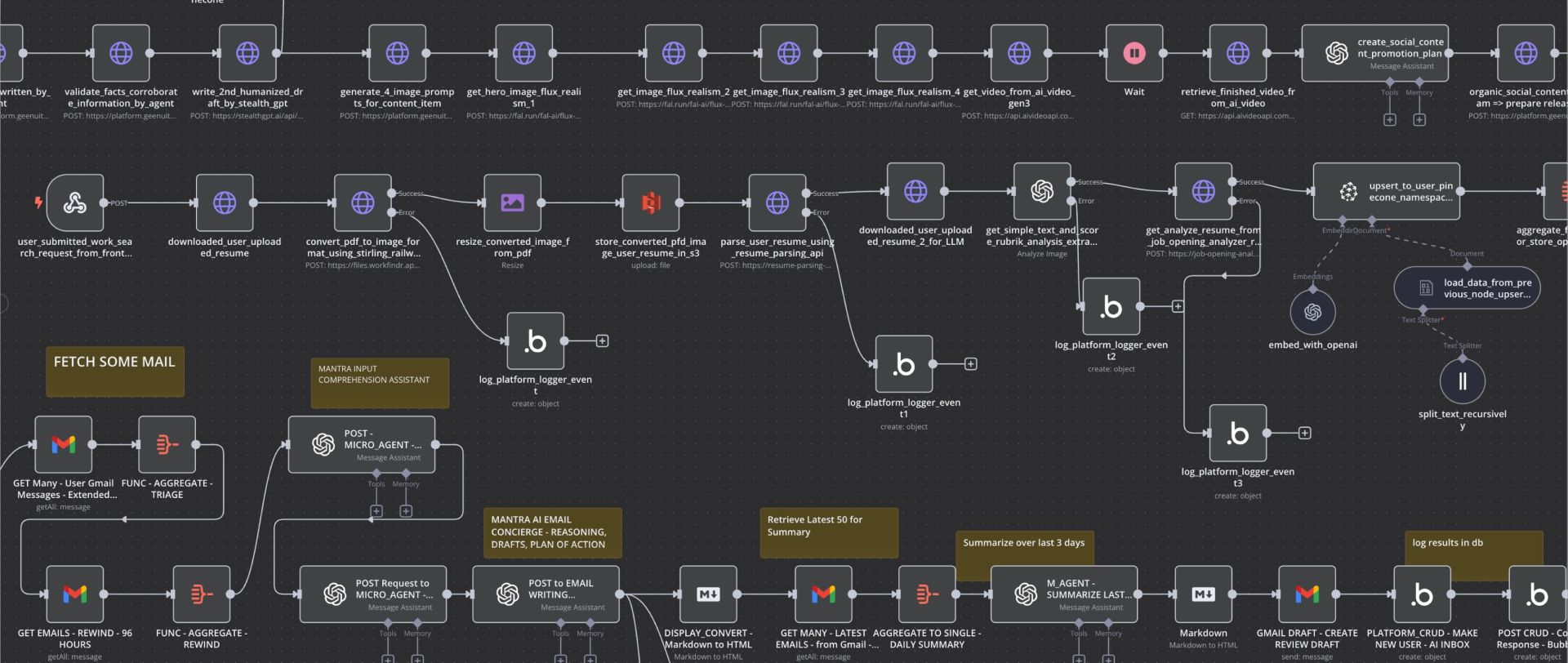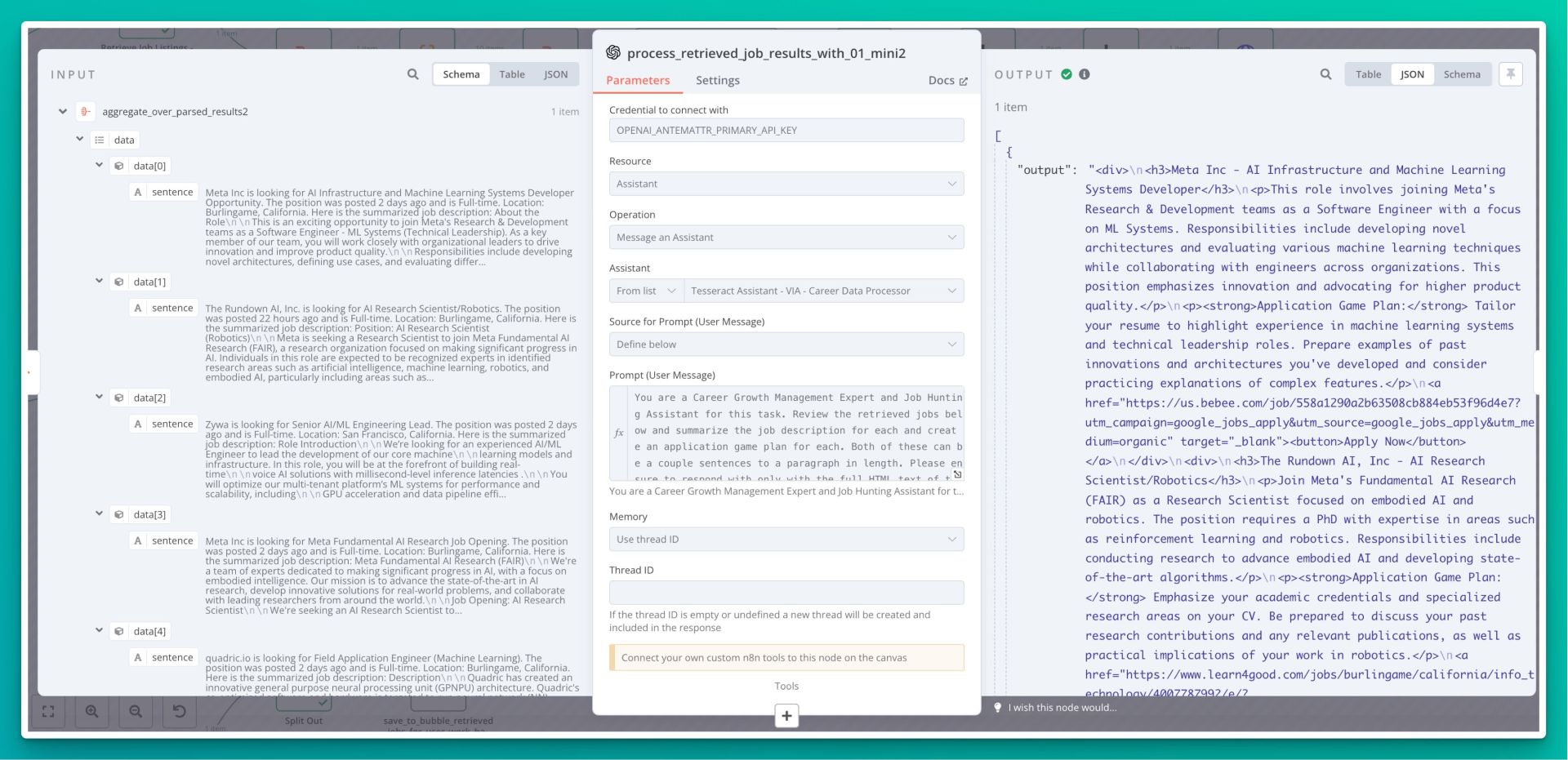
Ever feel like you're drowning in a sea of messy APIs and disconnected AI flows? Trust me, I've been there. Those endless JSON files that look more like alien code than useful information—yeah, we're about to fix that.
Today, we're going to show you how to turn those data headaches into crystal-clear insights using nothing more than JavaScript and n8n. Think of it like being a data translator, transforming cryptic job listings into something your grandma could understand.
Today, we're going to show you how to turn those data headaches into crystal-clear insights using nothing more than JavaScript and n8n. Think of it like being a data translator, transforming cryptic job listings into something your grandma could understand.
Become a versatile AI Engineer
When Data Fights Back
Let's say you are starting to scope or are already working on a multi-provider API aggregation project. In the context of this article, we are looking at wrangling large amounts of job listings from RapidAPI APIs like JSearch, and the initial raw data that comes out of these APIs looks like someone threw a dictionary into a blender. Employer names, job titles, salaries—all buried so deep you'd need a mining expedition to find them.
Our mission? Cut through the noise and make this data actually useful.
Step aside AI: Javascript to the rescue
Let's unpack what's happening in this script:
Template Literals: Create human-readable sentences dynamically
Using this script, we can turn incredibly long responses into semantically structured and well organized data.
The 77,320 character response above is transformed into a 33,827 human readable object that can then be easily further processed downstream by AI or a human or both
Why this approach rocks
AI & code work well together

Practical applications for Dual Code-AI Processing
The future of AI Administered Automation
Write your awesome label here.
Low-code AI Engineer Bootcampt: Zero to Mastery
Become a monthly subscriber or purchase one of our courses to advance your AI and Low-Code development skills by building along using real-world projects and complexities.



